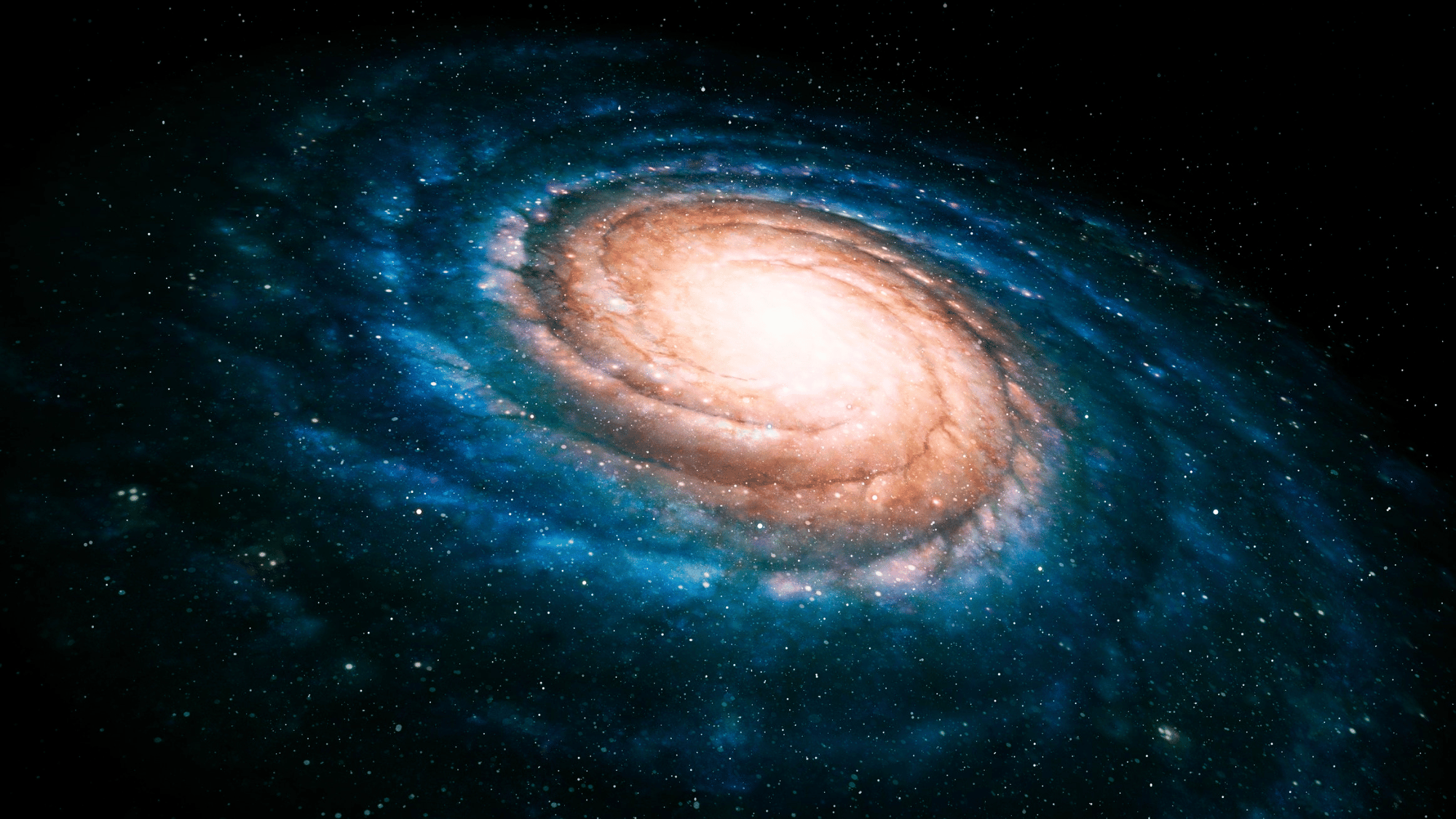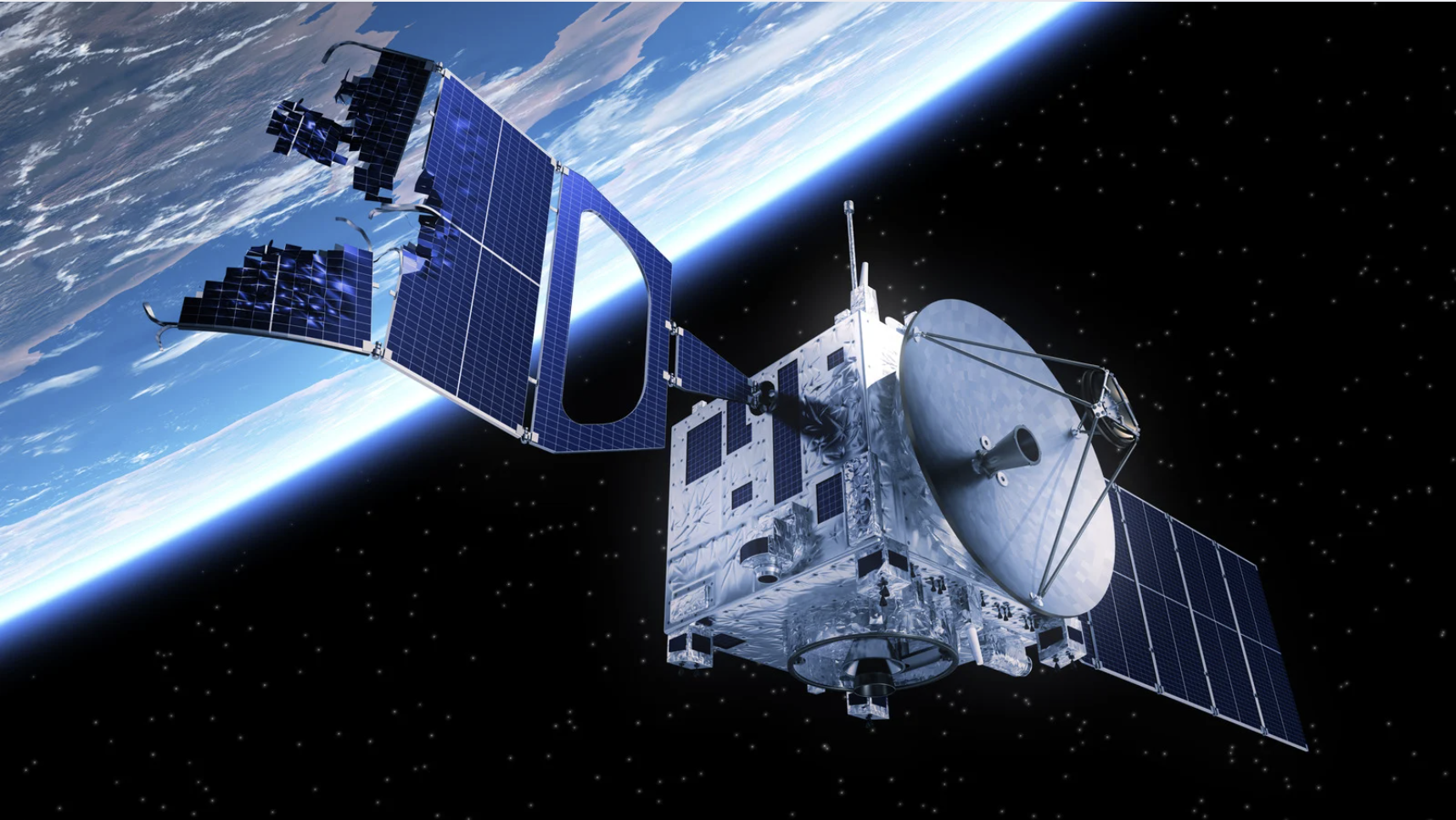Have you ever gazed at the night sky and wondered about the mysteries beyond our planet? You’re not alone. Questions about space have fascinated humanity for millennia.
If you’re curious about black holes, pondering the age of the universe, or wondering how many moons orbit Jupiter, understanding our cosmos helps us appreciate our place in it.
From our neighboring planets to distant galaxies, from the mechanics of eclipses to the nature of dark matter, these trivia questions cover the essential topics that define astronomy and space science.
Ready to expand your cosmic knowledge? Let’s get to know the universe together, one interesting question at a time!
Understanding Space and the Science of Astronomy
When we look up at the night sky, we’re really peering into space, the enormous, almost empty stretch beyond Earth’s atmosphere.
Space begins just above our planet, around 100 kilometers (62 miles) high, where air thins out and the familiar blue sky gives way to darkness.
It’s a near-perfect vacuum, which means no air to breathe, no weather like we have on Earth, and an environment shaped by gravity and light from stars.
Astronomy is the science of studying space, everything from tiny asteroids zipping past Earth to gigantic galaxies millions of light-years away.
Astronomers use telescopes, satellites, and physics to answer big questions: How did the universe begin? What are stars made of? Could life exist on other planets?
In simple terms, space is the vast stage, and astronomy is the science that helps us understand the events happening on it.
The Ultimate Questions About Space for Trivia Lovers


Curious about the universe? These questions about space are perfect for quiz nights and stargazers alike.
1. What is the largest planet in our solar system?
Jupiter
2. How long does it take light from the Sun to reach Earth?
Approximately 8 minutes and 20 seconds
3. Which planet is known as the “Red Planet”?
Mars
4. What is the hottest planet in our solar system?
Venus (despite Mercury being closer to the Sun)
5. How many moons does Mars have?
Two (Phobos and Deimos)
6. What is the largest moon in our solar system?
Ganymede (a moon of Jupiter)
7. Which planet has the most moons?
Saturn (with over 140 confirmed moons)
8. What is the smallest planet in our solar system?
Mercury
9. Which planet rotates on its side?
Uranus
10. What is the Great Red Spot on Jupiter?
A massive storm that has been raging for at least 400 years
11. What is the closest star to Earth (besides the Sun)?
Proxima Centauri
12. What type of star is our Sun classified as?
A yellow dwarf or G-type main-sequence star
13. What is a supernova?
The explosive death of a massive star
14. What galaxy is Earth located in?
The Milky Way
15. What is the closest major galaxy to the Milky Way?
The Andromeda Galaxy
16. What color are the hottest stars?
Blue or blue-white
17. What is a pulsar?
A rapidly rotating neutron star that emits beams of radiation
18. What is the name of the brightest star in the night sky?
Sirius (also called the Dog Star)
19. How many stars are estimated to be in the Milky Way?
Between 100 and 400 billion stars
20. What is a light-year?
The distance light travels in one year (about 5.88 trillion miles or 9.46 trillion kilometers)
21. How long does it take the Moon to orbit Earth?
Approximately 27.3 days
22. What causes the Moon’s phases?
The changing angle between the Sun, Moon, and Earth
23. What is a lunar eclipse?
When Earth passes between the Sun and the Moon, casting a shadow on the Moon
24. What is a solar eclipse?
When the Moon passes between Earth and the Sun, blocking the Sun’s light
25. Is the Moon moving closer to or farther from Earth?
Farther away (about 3.8 cm per year)
26. What percentage of Earth’s surface is covered by water?
About 71%
27. How old is Earth?
Approximately 4.5 billion years old
28. What causes tides on Earth?
The gravitational pull of the Moon (and to a lesser extent, the Sun)
29. What is the name of Earth’s only natural satellite?
The Moon (also called Luna)
30. How many humans have walked on the Moon?
12 astronauts (all from NASA’s Apollo program)
31. Who was the first human in space?
Yuri Gagarin (Soviet cosmonaut, April 12, 1961)
32. Who was the first person to walk on the Moon?
Neil Armstrong (July 20, 1969)
33. What year did the first Moon landing occur?
1969
34. What was the name of the first artificial satellite?
Sputnik 1 (launched by the Soviet Union in 1957)
35. Which space telescope was launched in 1990?
The Hubble Space Telescope
36. What is the name of NASA’s most famous Mars rover that landed in 2012?
Curiosity
37. What was the name of the Space Shuttle that exploded in 1986?
Challenger
38. What is the International Space Station (ISS)?
A habitable space station in low Earth orbit where astronauts conduct research
39. Which country was the first to successfully land a probe on Mars?
The United States (Viking 1 in 1976)
40. What was the Apollo 13 mission famous for?
A near-disaster where an oxygen tank exploded, but the crew safely returned to Earth
41. What is a black hole?
A region of space where gravity is so strong that nothing, not even light, can escape
42. What is the point of no return around a black hole called?
The event horizon
43. What is at the center of most galaxies?
A supermassive black hole
44. What is dark matter?
An invisible form of matter that makes up most of the universe’s mass
45. What is dark energy?
A mysterious force is causing the universe’s expansion to accelerate
46. What is a quasar?
An extremely luminous active galactic nucleus powered by a supermassive black hole
47. What is the cosmic microwave background radiation?
The afterglow of the Big Bang is detectable throughout the universe
48. What is a nebula?
A giant cloud of dust and gas in space, often a star-forming region
49. What is the Oort Cloud?
A theoretical spherical cloud of icy objects surrounding the solar system
50. What is a white dwarf?
The remnant core of a dead star that has exhausted its nuclear fuel
51. What is the difference between a meteor and a meteorite?
A meteor burns up in the atmosphere; a meteorite reaches Earth’s surface
52. Where is the asteroid belt located?
Between Mars and Jupiter
53. What is a comet made of?
Ice, dust, and rock (often called “dirty snowballs”)
54. What is the most famous comet?
Halley’s Comet
55. How often does Halley’s Comet appear?
Approximately every 75-76 years
56. What is a meteor shower?
When Earth passes through debris left by a comet, causing multiple meteors
57. What is the largest asteroid in the asteroid belt?
Ceres (now classified as a dwarf planet)
58. What caused the extinction of the dinosaurs?
An asteroid impact approximately 66 million years ago
59. What is a shooting star?
A meteor burning up in Earth’s atmosphere
60. What is the Kuiper Belt?
A region beyond Neptune containing icy bodies and dwarf planets
61. What is an exoplanet?
A planet that orbits a star outside our solar system
62. How many exoplanets have been discovered?
Over 5,000 confirmed exoplanets (as of early 2025)
63. What is a “hot Jupiter”?
A gas giant exoplanet that orbits very close to its star
64. What is the habitable zone?
The region around a star where liquid water could exist on a planet’s surface
65. What method is most commonly used to detect exoplanets?
The transit method (detecting dimming when a planet passes in front of its star)
66. How old is the universe?
Approximately 13.8 billion years old
67. What is the Big Bang Theory?
The scientific theory that the universe began from an extremely hot, dense point
68. Is the universe expanding?
Yes, and the expansion is accelerating
69. What is the observable universe?
The part of the universe we can see from Earth is limited by the speed of light
70. How many galaxies are estimated to exist in the observable universe?
At least 2 trillion galaxies
71. What shape is the universe thought to be?
Flat (based on current measurements)
Conclusion
These questions about space reveal just how extraordinary our universe truly is.
The cosmos continues to challenge our perceptions and inspire scientific discovery, reminding us that there’s always more to learn beyond our atmospheric boundaries.
The universe doesn’t reveal its secrets easily, but every question answered brings us closer to comprehending our cosmic home.
Keep questioning and never stop looking up. Share these trivia questions with fellow space enthusiasts and continue your journey through the stars!


















